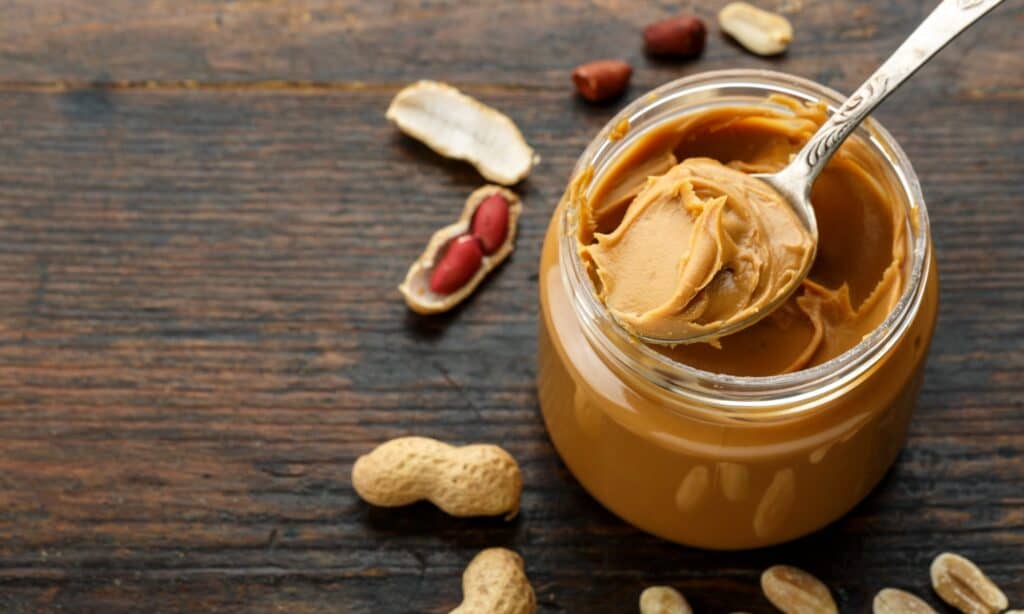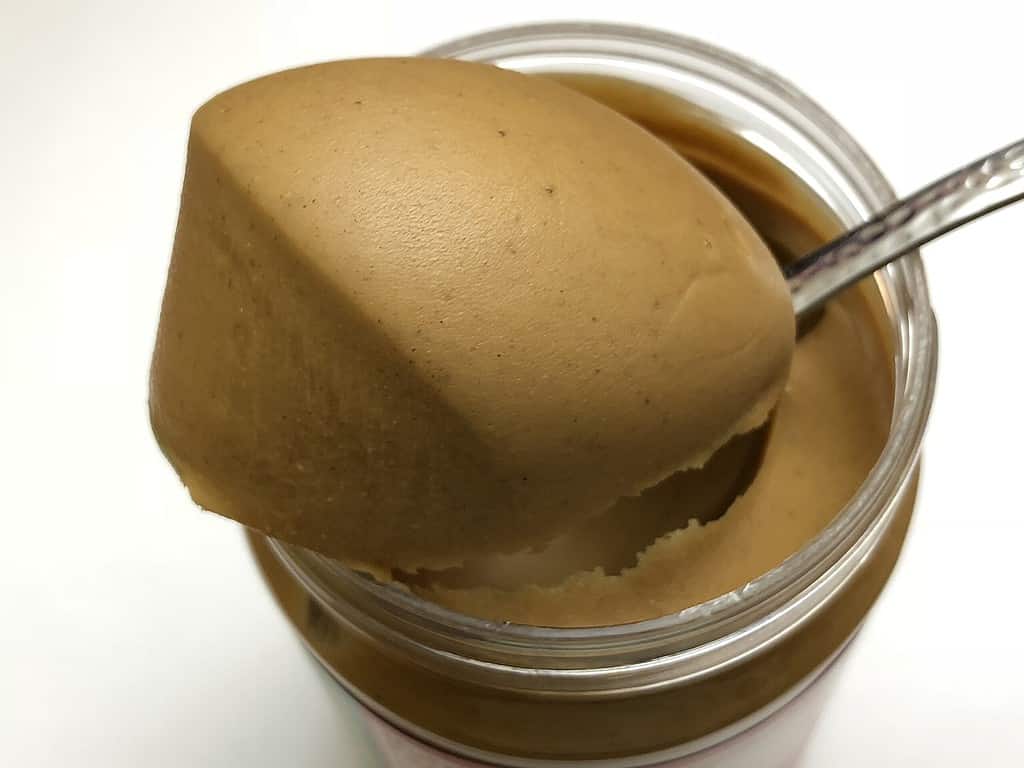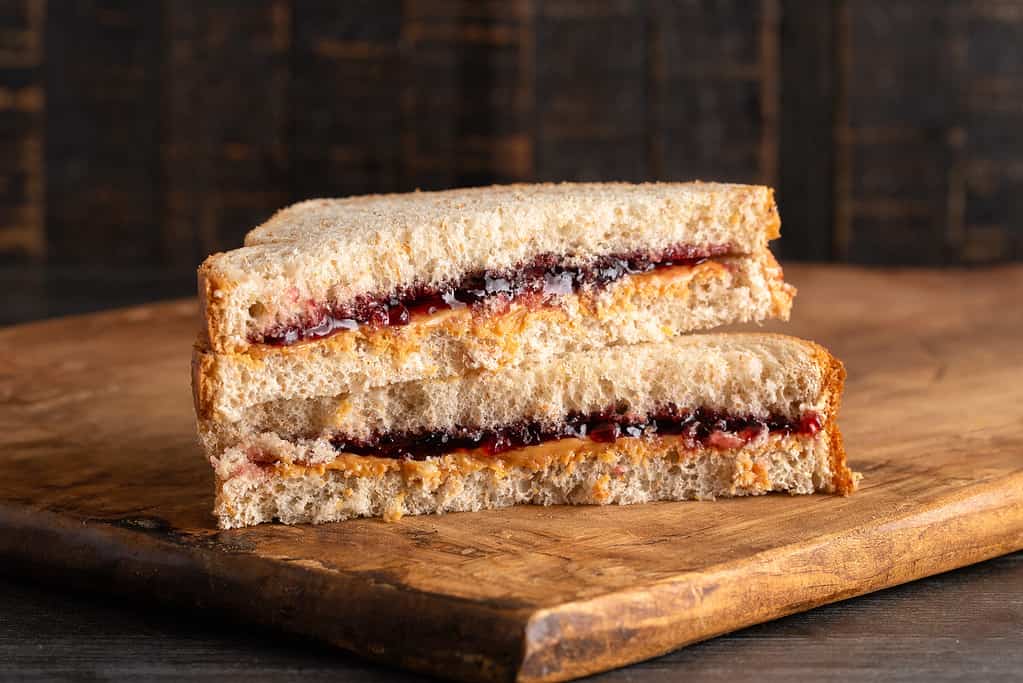Who Really Invented Peanut Butter: Exploring the Mastermind Behind It All
Peanuts are quite a versatile legume, being the basis for a multitude of food products that are known and loved by millions of people across the globe. But, perhaps none of these peanut-based inventions are as popular as peanut butter, a substance that was an instant hit with the public as soon as it began filling up supermarket shelves. Whether you’re a casual enjoyer or someone who absolutely goes nuts for this special substance, this article will let you know everything regarding how, when, and who invented peanut butter!
Who Invented Peanut Butter?

©iStock.com/Sanny11
If you trace history back far enough, you’ll find that the first mentions of peanut butter are within the ancient Aztec and Inca civilizations. But, when it comes to the modern, commonly recognized version of peanut butter, its origins are far more recent. The US National Peanut Board gives this particular accreditation to a Canadian man named Marcellus Gilmore Edson.
In the year 1884, Edson used two heated surfaces to mill roasted peanuts. The result of this process was an interesting paste. This paste was the first known rendition of modern peanut butter, and Edson patented this product.
The Peanut Butter Timeline Proceeds
The actions of Edson were only a launching pad for the peanut butter advancements yet to come. A man named Dr. John Harvey Kellog (if you recognize this name, it might be from the cereal aisle) patented his own peanut butter making process in 1895. The difference between his invention and that of Edson’s was that his application used raw peanuts that weren’t pre-roasted. He then advertised the product as a protein supplement for those without teeth.
A few years down the line, in 1903, an efficient machine meant for the creation of peanut butter was patented by a Missouri man named Dr. Ambrose Straub. Even later, in 1922, smooth peanut butter was created by a chemist by the name of Joseph Rosefield. The process for this entailed using oil that was partially hydrogenated, which prevented separation. This invention was licensed by the Peter Pan peanut butter brand in 1928. Then, in 1932, Rosefield left to create his own brand of peanut butter; Skippy.
What About George Washington Carver?

©benjamin vess/iStock via Getty Images
You very well may be wondering, “What about George Washington Carter?” Carter was a man who was heavily involved in the history of the peanut. So much so that he singlehandedly developed over 300 uses for the plant. But, despite being known as the “father of the peanut industry,” he didn’t actually have a hand in the creation of peanut butter. But, there is plenty that he did do involving research and innovation of this legume.
How Carver’s Discoveries Made An Impact
Carver may not have invented peanut butter, but what he did create was a major socioeconomic impact. You see, his primary goal was always to help black farmers prosper. He himself was born into slavery and recognized that the agricultural industry was almost entirely white-dominated at the time. An unethical practice known as “sharecropping” was common during this time, wherein poor farmers could use pieces of land in exchange for giving up a portion of the cultivated crops.
This, unfortunately, was never truly fair. Since cotton was the choice crop of the time, planting food crops was prohibited. Cotton needs an immense amount of nutrients, so there was no usable land left when it was grown in excess.
This is why the majority of Carver’s inventions surrounded peanuts and sweet potatoes in particular- these are plants that add nitrogen to the soil they grow into, healing the land and being unaffected by the cotton growth. These can be discreetly grown, allowing the sharecroppers to feed themselves and their families.
Carver’s holistic farming method lives on well past his death. It had a massive impact on the industries he worked in, and remains so to this day.
Peanut Butter’s Production Process (In A Nutshell)

©Famartin / CC BY-SA 4.0 – License
Now that we know who invented peanut butter, we can discuss how this savory substance is created in a modern-day facility. Practices are, as you’d imagine, a bit different now than they were back then. However, despite the changes here and there, the fundamentals of peanut butter creation have remained the same. Here’s the process broken down into easily-understood steps:
- Shelling: At a processing plant or factory, the gathered peanuts are shelled, and any extra plant debris is removed from the product.
- Roasting: Once they’ve been shelled, they get placed into an air roaster. They are then roasted to a temperature of about 250 degrees Celcius before being removed. This process changes the color of the peanuts to a brown shade, while they’re typically white beforehand.
- Cooling: After they’ve been roasted, the peanuts get cooled down to a standard room temperature.
- Blanched: The center, or “heart” of the peanut, alongside its skin, is known to be bitter. In this phase of the process, they are blanched and the bitter elements are removed.
- Grinding: After the peanuts have been through this routine, they get placed into a grinder that transforms them into the delicious paste we know and love.
After this process has been concluded, the peanuts are heated, cooled, packaged, and then sent away to stock up the shelves of our favorite grocery stores. While the procedure varies slightly depending on what kind of peanut butter you’re making (smooth, crunchy, chocolate, etc.) the steps followed are pretty general.
Additional Fun Facts About Peanut Butter

©P Maxwell Photography/Shutterstock.com
Before we send you off, here are some last-minute fun facts about peanut butter to test your knowledge of this lovely plant even further. Who knows, maybe you’ll learn something new!
- Since peanuts are grown underground, they aren’t technically “nuts.” Instead, they’re called legumes!
- The largest peanut-producing country is China. Following shortly behind is India, with the United States sitting in third place.
- There are over 700 million pounds of peanuts consumed by Americans each year. Broken down, that’s over two pounds per US resident.
- Ever get a piece of chewing gum stuck in your hair? Put down that mayonnaise, because peanut butter can do the trick in getting it out.
- Peanut butter has plenty of other (slightly impractical) uses, too: Shaving gel, leather cleaner, and blade lubricant are all examples.









